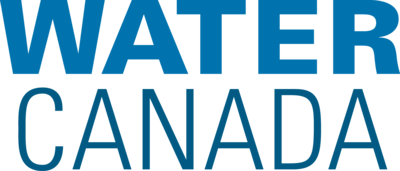WC144 SeptOct 2025 - Magazine - Page 11

DRINKING WATER
PFAS Response
Treatment advances and new regulations
BY SONIA JABERI
Walkerton Clean Water Centre
Hands-on training in the operation of conventional water treatment processes at the Walkerton Clean Water Centre (WCWC) laboratory.
ER- AND POLYFLUOROALKYL SUBSTANCES
(PFAS) are a diverse group of synthetic chemicals
known for their thermal stability, resistance to degradation, and widespread use in consumer and industrial products. PFAS contamination in drinking water has
become a global concern due to their persistence, bioaccumulative potential, and associated health risks, including
immune dysfunction, cancer, and endocrine disruption.
A recent screening study (2021–2023) investigated
the occurrence of 76 target PFAS and approximately
200 additional suspect compounds in tap water samples
from Canada and 20 other countries. The results revealed
P
Sonia Jaberi (she/her) is a Senior Scientist at
the Walkerton Clean Water Centre, where she
has been working since 2023.
WAT E R C A N A D A . N E T
widespread PFAS contamination, with common detections of PFBS, PFOS, and PFBA (found in ≥79 per cent
of samples). Emerging compounds such as 6:2 FTAB and
short-chain sulfonamides (e.g., FBSA) were also frequently
detected, especially in samples from France, the UK, and
British Columbia. These findings suggest that many PFAS
not currently included in regulatory methods may be more
prevalent than previously understood.
In Ontario, tap water samples (n = 31) showed total
PFAS concentrations ranging from 0.08 to 32 ng/L, with
most samples below 20 ng/L. These results are consistent
with a prior survey by the Ontario Ministry of the Environment, which found median concentrations of 4.85 ng/L
across 10 major PFAS in treated water from 25 drinking
water systems (n = 226). Such regional data provide useful
context as Canada moves toward updated guidelines.
In Canada, PFAS have recently received increased attention, particularly in light of Health Canada’s evolving drinking water quality guidelines and the U.S. Environmental
Protection Agency’s (EPA) new enforceable maximum
WATER C AN ADA • SEP TEMBER/OCTOBER 2025
11